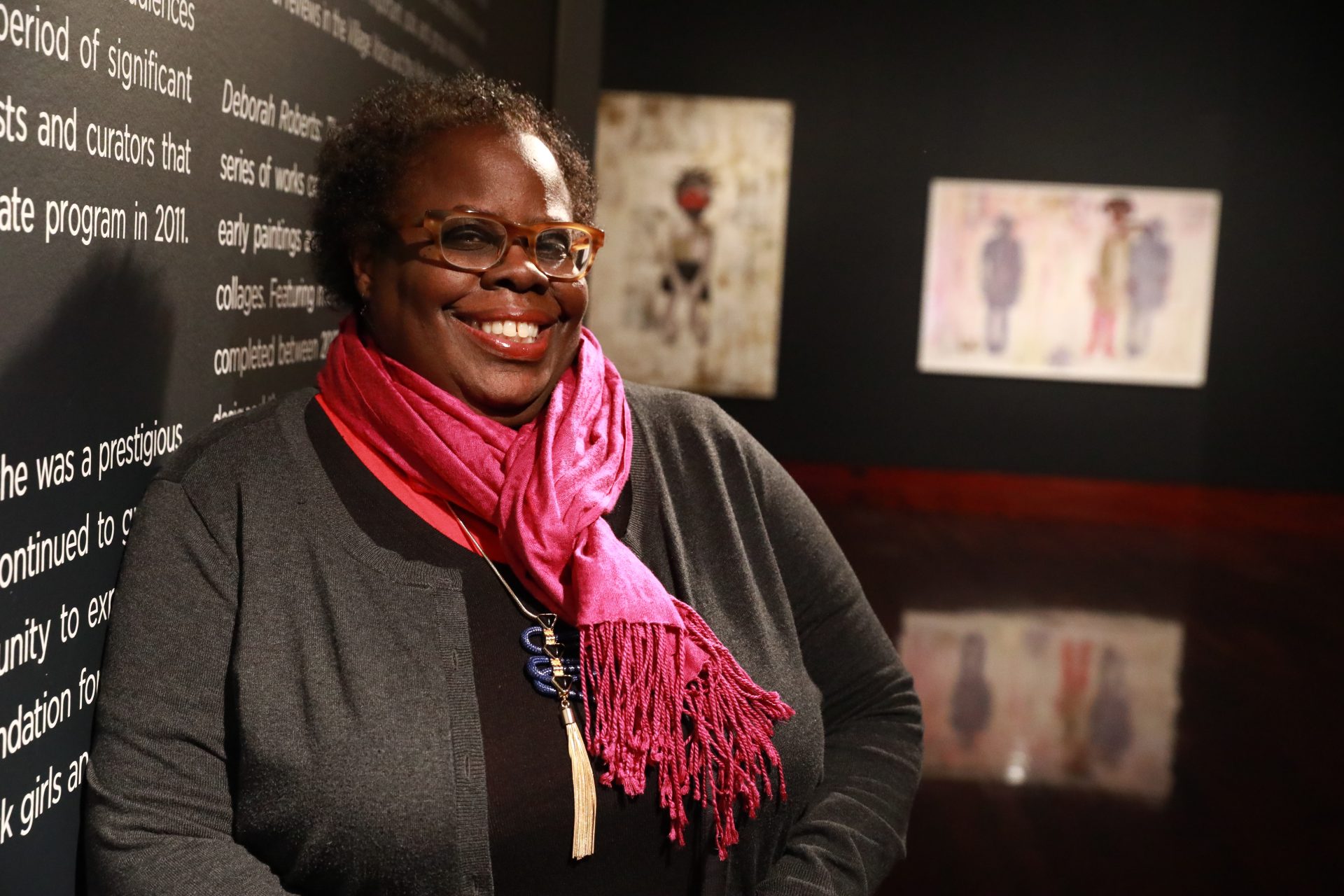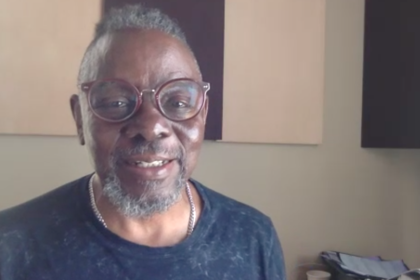
Although he was not physically present, the spirit of Patrick Kelly shone through during the VIP celebration of his fashion retrospective, “Runway of Love” at the Philadelphia Museum of Art. The exhibition includes nearly 80 ensembles from his signature use of colorful buttons to his Josephine-Baker inspired banana dance costume. Although he is arguably one of fashion’s most unsung talents, model Pat Cleveland believes he made an indelible mark despite an early death at the age of 35 from AIDS.
“This exhibition means that he lives on. We have so much limited time on Earth but he put his to good use,” she said.

Indeed, Kelly was able to become the first American and the first black designer accepted into the prestigious French fashion industry association, Chambre Syndicale du Prêt-à-Porter des Couturiers et des Créateurs de Mode. But mainstream acceptance did not define Kelly, according to actress Sheryl Lee Ralph. For her, Kelly was an individual content in his skin despite society’s racism or homophobia. “Patrick lived in his joy, reality and peace long before anybody said it was OK. He was being himself and not asking people to choose him or tell him he was OK,” she said.
The exhibition runs until Nov. 30 and also features a collection of Kelly-inspired creations by contemporary fashion designer, Gerlan Marcel of Gerlan Jeans.
Belle, a period drama in sepia

When director Amma Asante received the script for Belle she immediately connected with the protagonist, Dido Elizabeth Belle, despite being born centuries apart. In the film, Asante explores the intersection of identity, class and race with the based on a true story of Belle, who was an 18th century mixed-race woman raised in British aristocracy. After a private screening at Soho House hosted by Bevy Smith, star of Bravo TV’s “Fashion Queens,” Asante shared how her own upbringing mirrors what the film imagines to be Belle’s plight of finding herself and romantic love in a world defined by race and class. Growing up as one of only two black families in the South London town of Streatham, Asante said she often experienced racism in the form of her home being vandalized and verbal harassment.












